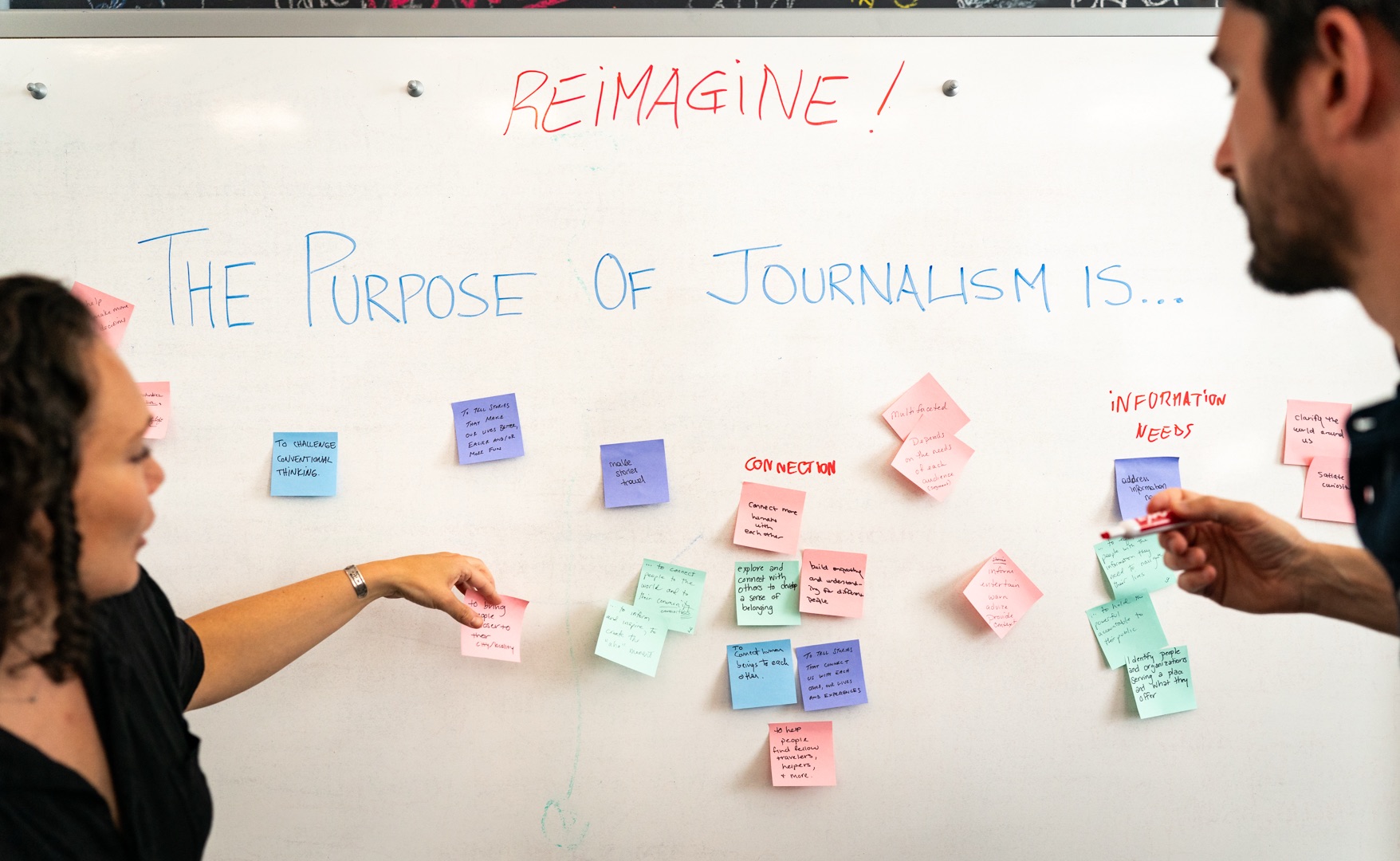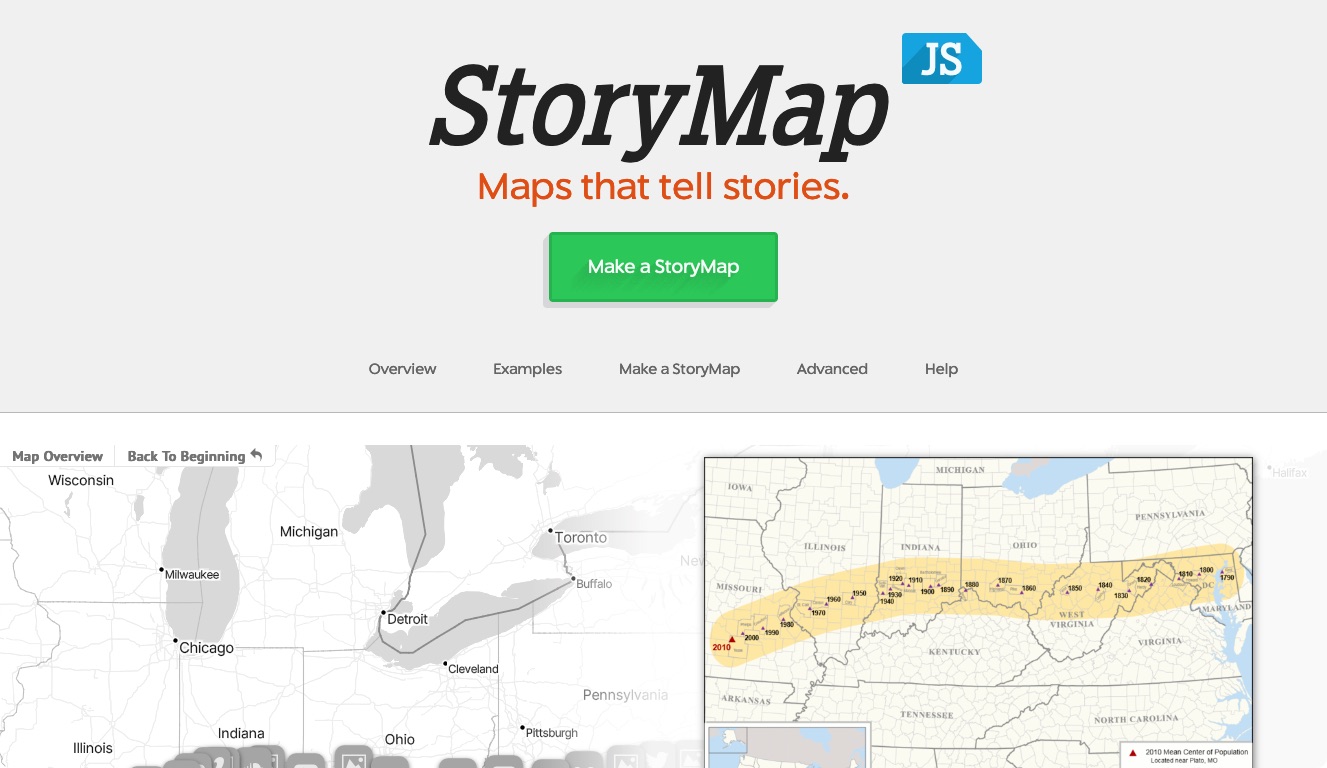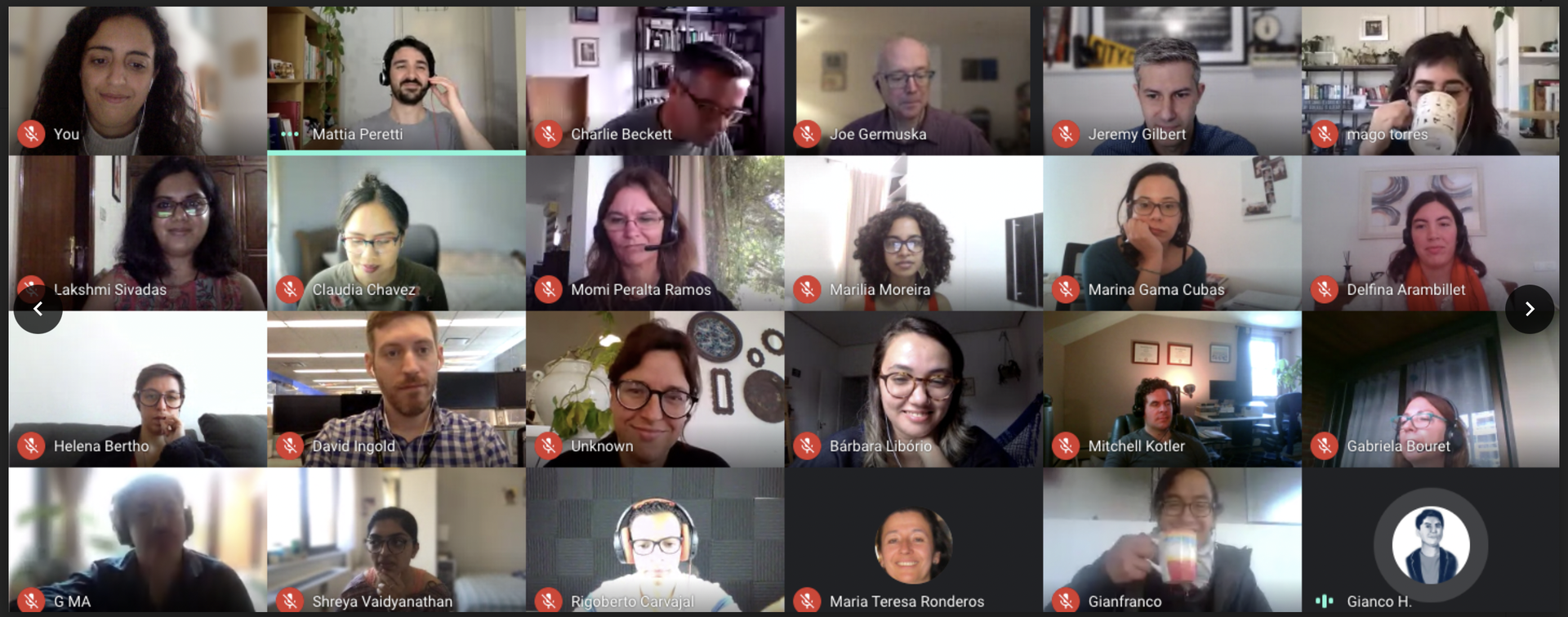
The project, Tweet Cast Your Vote (tweetcast.knightlabproject.com), is experimental, but accurately predicts the candidate Twitter users plan to vote for up to 80 percent of the time.
For now the tool is an interesting experience for the user — a sort of political Guess Your Weight game. But the strategy and algorithms behind the tool are a whole other level of awesome.
“The technology observes people on Twitter who we know support Obama or Romney and runs algorithms that find patterns in their Twitter activity,” said Shawn O’Banion, a Northwestern University Ph.D. student who created the technology with Larry Birnbaum, a Knight Lab co-founder and professor of computer science at the McCormick School of Engineering.
“That initial observation allows us to predict the behavior of ‘unknowns,’ or users who we have not already observed and who we do not know to be on one side or the other,” O’Banion said.
Specifically the technology tracks words, @-mentions, hashtags and links in the Twitter feeds of known political supporters and compares those to the same elements in the feeds of other potential voters. The greater the similarity between the two, the more likely they are to support the same candidate, O’Banion said.
The system is most accurate — about 80 percent — with users who tweet about political issues. It’s less accurate — about 65 percent — with users who aren’t obviously political, O’Banion said.
A variety of factors lead to TweetCast’s miscalculations, but the biggest is sample size. It’s difficult to find users known to support a specific candidate and a larger sample size would improve the system’s accuracy, he said.
Apart from a more robust sample, other avenues could be used to improve the technology — using TweetCast’s user feedback system to fine tune results, for example, or by including other sources of data from Twitter like favorited tweets, or a user’s network of followers.
Though the technology is an intriguing capability demonstration at the moment, it’s easy to see its practical application — either in helping to predict the outcome of an election, or in targeting political advertising to undecided voters.
Imagine how much the Romney or Obama campaigns would like to do that.
The Knight Lab isn't the only group interested in finding political persuasions in Twitter data. We were excited to see that a similar project launched just this week: Prez-O-Meter by SwiftKey.
“I'm impressed with SwiftKey's work,” O’Banion said. “I particularly like how they show you where on the ‘spectrum’ of political ideology you fall. The main difference between our work and theirs is that while they are comparing you to the candidates themselves, we compare you to other, normal Twitter users that we know support either Obama or Romney.”
TweetCast’s approach is unique “because it can learn patterns that may be useful in predicting political preference, such as hobbies, interests, religious practices, etc.” that aren’t directly tied to politics, O’Banion said.
Check out both projects. And be sure to let us know how TweetCast works for you.
TweetCast is part of the Knight Lab’s Social Loupe Projects — which includes twxRay and HashTagger — that seek to find meaning and utility in social media data.
Also, a special thanks to Medill’s Jeremy Gilbert and our own Miranda Mulligan for stepping up and helping Shawn develop TweetCast’s front end.
About the author





